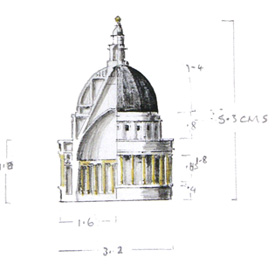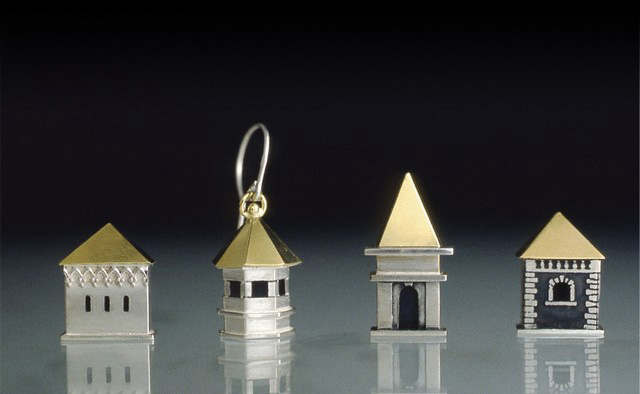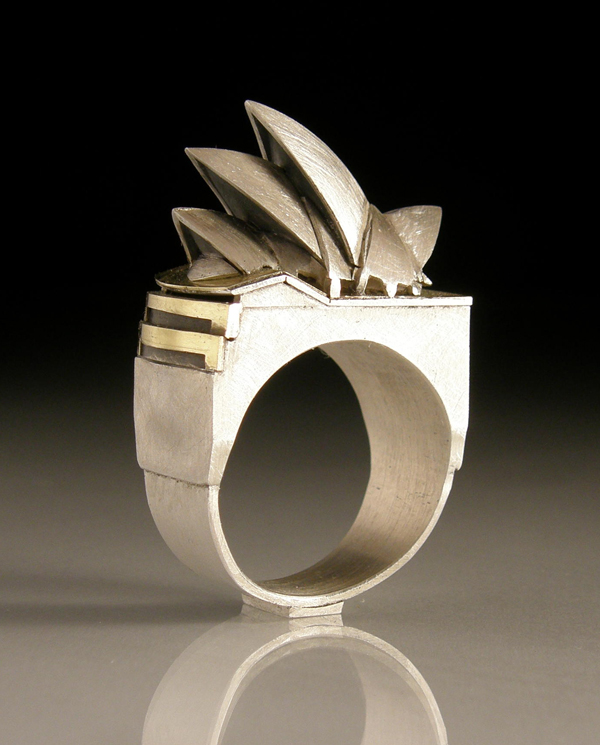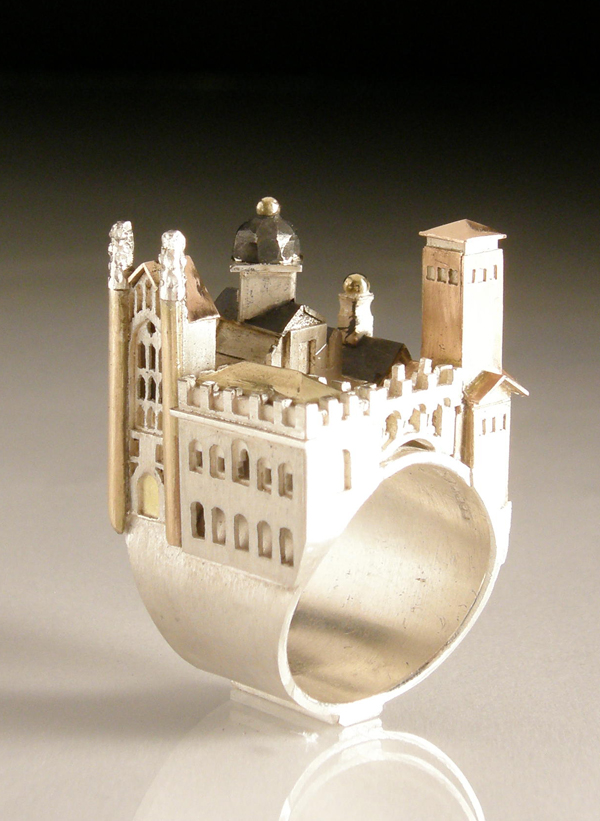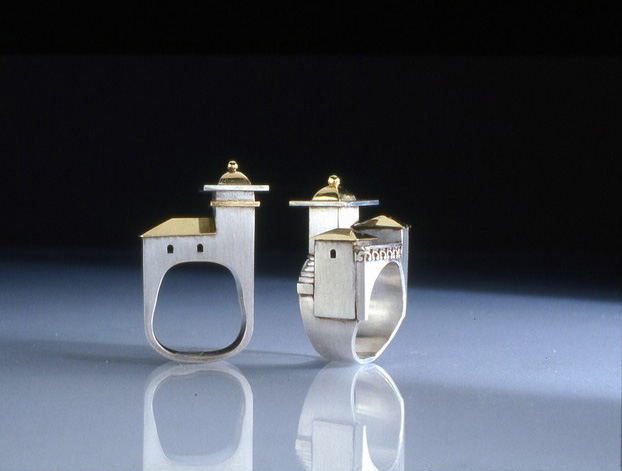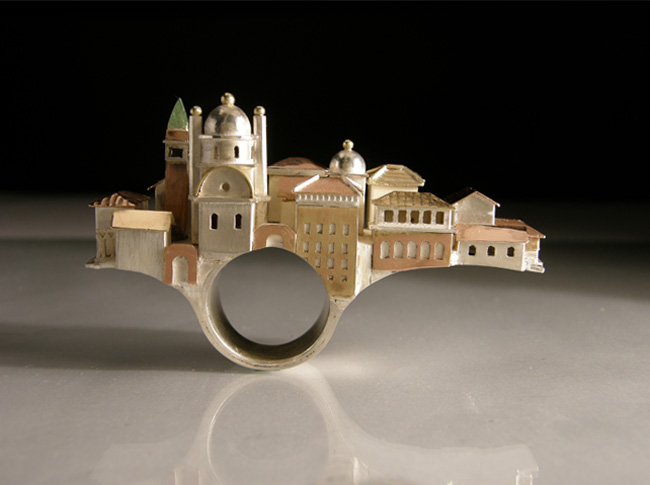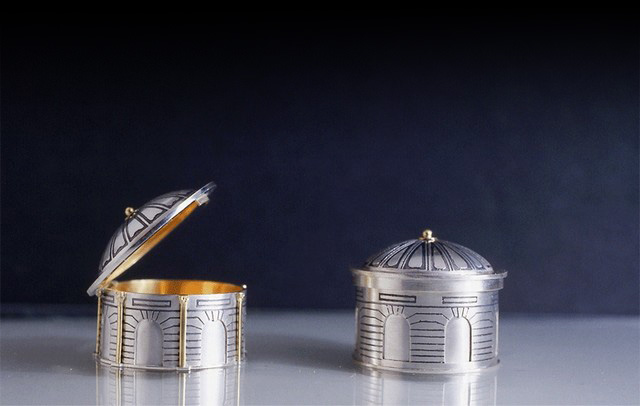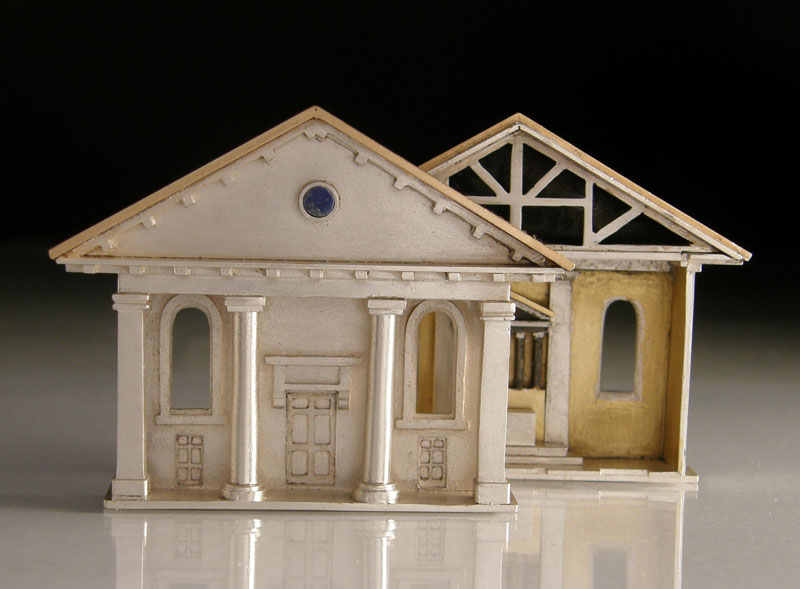Silent film actress, Colleen Moore got much more fame through a dollhouse, than she did from her film career.
For a collector—and I mean a real collector, a collector as he
ought to be—ownership is the most intimate relationship that
one can have with objects. Not that they come alive in him; it is
he who lives in them.
—Walter Benjamin, Illuminations
The dollhouse was created by the actress and her father, over a time period of seven years. Now known as 'Colleen Moore's Fairy Castle', the dollhouse traveled throughout the United States and Canada in the 1930s to raise money for charity. Since then it has been a popular attraction at Chicago Museum of Science and Industry.It has been discussed as a historical narrative as it is considered a remnant of a particular time and place.
The dollhouse has two dominant motifs: wealth and nostalgia. It presents a
myriad of perfect objects that are, as signifiers, often affordable, whereas
the signified is not. . . . Use value is transformed into display value here.
Even the most basic use of the toy object—to be “played with”—is not often
found in the world of the dollhouse. The dollhouse is consumed by the eye.
-Susan Stewart
Details of the dollhouse
The artist used her personal belongings like her hat pins and diamond rings, in the interior of the dollhouse.Amelie Hastie states in her article about the dollhouse that Moore anticipates both the loss of her history and eventual retrieval of it through this dollhouse, inviting the historian to reawaken and re-present the various relations preserved in this collection.
As Stewart notes, a dollhouse is not a toy to be
played with; rather, it “is consumed by the eye.” Certainly this definition
would not apply to most dollhouses—those owned by families and not housed in
museums—for those toys have a real tactility, and their function is to be
played with as well as to produce certain narratives about the “home.”
